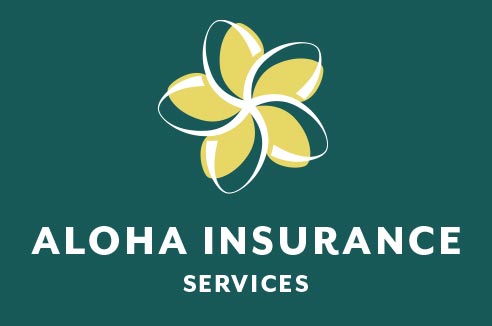Understanding Commercial Property Insurance
Let’s say the worst happens: a fire breaks out and you lose your inventory; a hurricane sends a tree smashing down onto your office; your business is burglarized. Your ability to recover from any one of these disasters is heavily dependent on your property insurance.
Property insurance protects your business against physical damage to, or loss of, your assets. Assets, broadly defined, include the area in which your business operates and the property housed there.
In the case of catastrophes like fire, explosion, theft or vandalism, property insurance helps cover your costs–whether it’s to repair damaged property or to replace what you’ve lost.
What Does Commercial Property Insurance Cover?
The way you are covered for property insurance varies from policy to policy in two main ways:
- The property that is actually insured
- The type of events that lead to the loss
In terms of property, some policies cover basic equipment (building structure, furniture, inventory, equipment and supplies); others insure money and securities, such as lost revenue or cash on the premises, and hard-to-replace records, such as accounts receivable, from damage or loss.
Events that do damage are known as perils or causes of loss, and include weather-related events such as lightning strikes or hail, or human causes such as robbery or vehicular accidents.
There are two types of policies available to cover perils: a named-perils policy, which covers losses resulting from only those perils the policy names, and an all-risk policy (a.k.a. ‘special form coverage’), which offers coverage for all perils except those specifically named.
Most companies are better off with all-risk policies (which typically have higher premiums), and usually can pick and choose coverage for additional perils if necessary.
For businesses that don’t qualify for a business owner policy (BOP), which lumps property insurance together with liability insurance, it’s a good idea to purchase property insurance a la carte to make sure your business is protected.
How Are You Reimbursed?
Property is valued in two main ways. If you are covered for the actual cost of replacing your property, this is known as a replacement-cost basis. The alternative, actual cash value (ACV) reimbursement, is based on the replacement cost minus physical depreciation of the lost or damaged property.
The premiums for ACV policies tend to be lower, as they usually pay out less, but the reimbursement could be inadequate if you actually need to replace items. Therefore, most brokers will tell you that you are better off with replacement-cost insurance, unless your industry’s used equipment is easily obtained at its physically depreciated value.
How Are Premiums Set?
What are the most frequent perils your business may face? The answer to this question will affect your premiums. Insurers make it their job to understand the statistical frequency of major risks such as fire and theft, and policies can be easily adjusted to take into account greater amounts of protection.
The Insurance Services Office (ISO) provides insurers with basic premiums incorporating a number of factors to determine the basic risk of your property. The primary factors in setting property insurance premiums include the type of building structure, the presence or absence of protective safety measures, and the proximity of your property to other high-risk areas.
This basic rate is then further adjusted at the discretion of the insurer, who credits or debits based on claims history or specific loss-control measures.
Keep Your Costs Down.
Keep it simple. Looking for more credits? If you haven’t already done so, install burglar alarms, fire extinguishers, smoke alarms and fire doors. Or even simple changes, such as keeping duplicate records off site, can result in premium savings. But before beginning any major work, you should compare the costs involved with potential savings.
Change with the times. Whether it’s growth or restructuring, make sure your insurance provider is kept abreast of any major changes in your business that may affect your insurance needs.
Here are some other ideas that may help you cut costs:
- Install an adequate-for-occupancy sprinkler system that is fully operational and well maintained.
- Invest in data storage for all of your computer data, accounts receivable and other records that are critical to your business.
Make Sure Your Bases Are Covered.
You can use this list as a general guideline when thinking about what type of property to insure.
- Buildings and other structures
- Any outdoor property, such as signs or fences
- Mobile property, such as construction equipment or automobiles
- Machinery
- Furniture, equipment and supplies
- Inventory
- Leased equipment
- Computers and other data processing equipment
- Records, valuable papers, books and documents
- Money and securities
- Intangible property, such as trademarks and logos
Quick Tips:
Keep a close eye on renewals.
Don’t get stuck in a pattern of renewing whatever coverage you had the year before. Your needs may have changed, and you could end up renewing coverage for something you no longer use, lease or own.
Review any exclusions.
Carefully read over your policy and make a special note of any exclusions, such as flood damage. Depending on your individual business and its location, you might want to purchase coverage for these exclusions.
Consider construction.
For new construction, it can be a worthwhile investment to consider concrete, brick or steel for building materials since these are less inclined than a structure made of wood to suffer total destruction in a fire.


